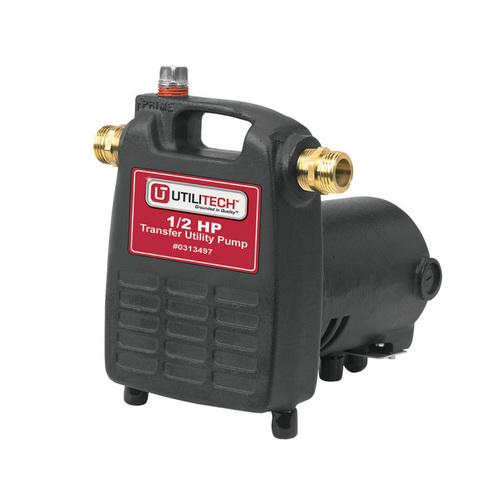bshattuck87
New member
- Aug 5, 2011
- 25
- 0
Hey everyone, after we buy our enclosed trailer we are wanting to do mobile detailing out of it. Right now we have a Troy Built TB3000 XP pressure washer (don't hate. lol) to do dealership spray off's. However, once we start mobile detailing, I want to very rarely use the pressure washer and only use it when needed. We will have a 250 gallon tank with a standard garden hose size hose coming off of it. But the tank is basically gravity fed, so if I were to put a nozzle on the end of it, no pressure would come out the nozzle and the water will just drip out the nozzle. I was at Lowes last night and came across this. Say's that it boost's water pressure to 40psi. It would basically be gravity fed on one side and then after the pump it would have pressure. However, is the pressure too much for a garden nozzle? Any thoughts or opinions? There will also be a generator on board for the pump to plug into and I'm sorry if this is the incorrect placing of this question on the forum! Thanks in advance!
Shop Utilitech 1.5-HP Cast-Iron 24 GPM Transfer Pump at Lowes.com

Shop Utilitech 1.5-HP Cast-Iron 24 GPM Transfer Pump at Lowes.com
